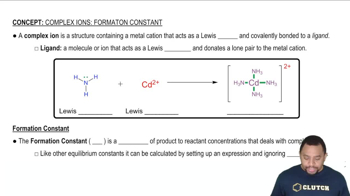Textbook Question
The following galvanic cell has a potential of 1.214 V at 25 °C: Calculate the value of Ksp for Hg2Br2 at 25°C
 Verified step by step guidance
Verified step by step guidance



You are on your dream vacation at the beach when a major storm knocks out the power for days. Your cell phone is dead, and you want to make a battery to charge it. You find the following materials in the beach house. blue stone algaecide for pools, which can be used to make a 1.0 M Cu2+ solution alum in the kitchen, which can be used to make a 1.0 M Al3+ solution aluminum foil, copper wire, and bologna, which can be used as a salt bridge. (b) What voltage can be generated?